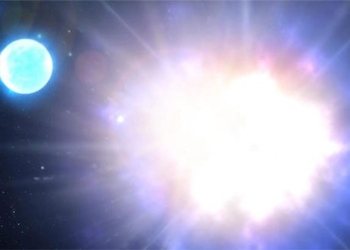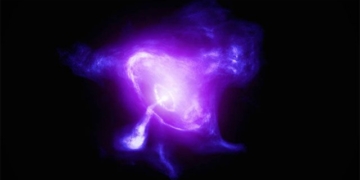According to SciTech Daily and Space.com, 1.3 million quasars have been mapped, all of which are black holes, meaning these black holes consume so much matter that they shine brightly, “disguising” themselves as stars.
Among them, the oldest black hole recorded is located in a part of the universe that is only 1.5 billion years old, which is 12.3 billion years ago.

New 3D map containing 1.3 million quasars, black holes shining like stars – (Image: ESA/Gaia/DPAC).
This quasar catalog has provided the most comprehensive 3D map of the universe to date, illustrating how the universe has evolved and expanded over its 13.8 billion-year lifespan.
The map was created by a multinational, multi-institutional research team led by Dr. Kate Storey-Fisher from the Donostia International Physics Center (Spain), utilizing data from the Gaia Space Telescope of the European Space Agency (ESA).
Quasars are among the most significant objects in cosmological research.
They are primarily supermassive black holes at the centers of galaxies. Unlike the dormant black hole located at the center of the Milky Way galaxy where Earth resides, some black holes are extremely active and voracious.

Quasars in the universe – (Graphic: NASA/JPL-Caltech).
They consume matter so intensely that they generate vast amounts of energy, shining hundreds of times brighter than the entire galaxy, allowing astronomers to observe them even at great distances.
As a result, quasars serve as beacons illuminating the past of the universe. Due to the delay of light, the images of objects billions of years ago also take billions of years to reach Gaia. Thus, we can observe them with images and positions that belong to the past.
By comparing objects from various epochs, scientists can visualize how the universe has developed since the Big Bang.
Through the study of quasars, scientists can also estimate and gain further understanding of dark matter, by observing how quasars cluster together.
According to Dr. Storey-Fisher, this quasar map promises to open new horizons, as it could be a tool for scientists worldwide to measure everything in the universe, from how cosmic networks are formed to the movement of our Solar System within the cosmos.





















































